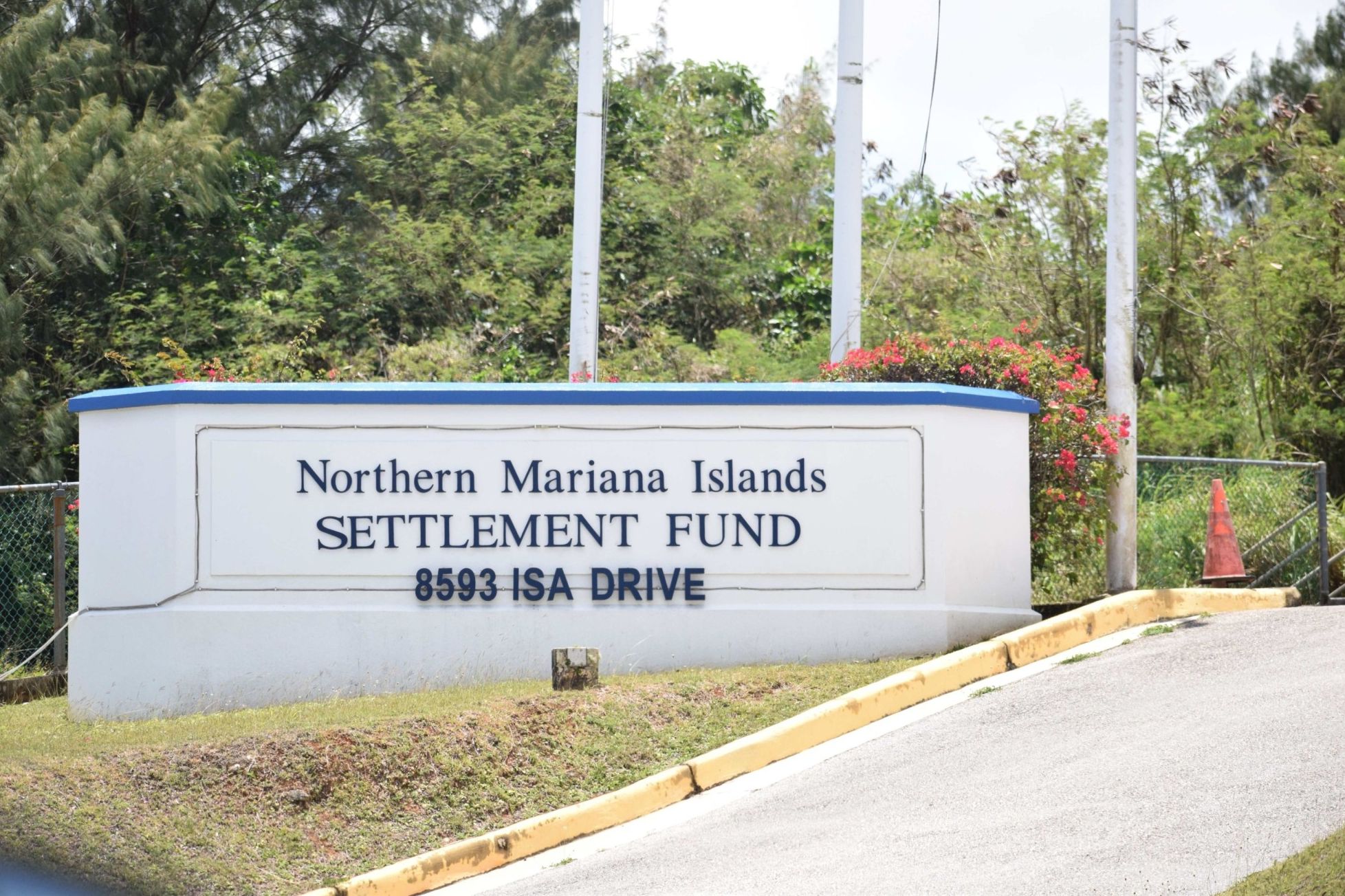BY now, ONE Apus has become a household name. It is one of the worst maritime disasters in history and the Pacific community will deal with its effects for a long time. In case you have missed it, let’s get caught up.

ONE Apus is a gigantic container ship that carries 14,000 containers. That is no typo. Those 40-foot steel shipping containers you see at the docks? Apus hauls 14,000 of them around the world at a time.
As it had done many times before, Apus sailed from China on its way to California to deliver its cargo. On Monday, November 30, 2020 the vessel encountered a storm at sea which started a landslide of its shipping containers, tipping the stacks and throwing the boxes overboard, both starboard and port. After losing over 1,800 of them the captain turned the ship around and headed for Japan, and the world waited to see if the stricken vessel would make it. When Apus docked at Kobe the true extent of the disaster became apparent.
YouTube is full of videos of the Apus at rest, its massive stacks pulverized. Some rows stagger to the left, others to the right. Many are smashed beyond recognition. Entire containers hang precariously overboard, as if they will fall into the ocean any minute, adding to the tally of destruction.
This catastrophe raises questions.
• How did it happen? Although the storm played a crucial role, it was neither the first storm nor the worst, nor was this the first time a large container ship encountered rough seas. The surge was not particularly strong, so there must be more to the story. Were the captain and crew to blame? Did they fail to do their duty somehow? Was the ship improperly loaded? Were there weaknesses in the ship’s construction or defects in its design?
• Who is to blame? We must then answer this obvious question. If the crew did something wrong, they should be held responsible. If the ship was poorly designed or constructed, then someone else is to blame. If the ship was overloaded, who gave permission to do it? Many argue that we have allowed shipping companies to build vessels that are far too large. The Panamax class of ships are so-named because they are the largest ships that can fit through the Panama Canal. For years we believed that was the limit of ship construction. Indeed, the Canal was built to those specifications for just that very reason. But Apus is a post-Panamax ship, far exceeding those design limits. It will not fit through the Panama Canal. Is it wise to build ships of that size? Is it necessary to haul 14,000 containers at a time? What if Apus had been an oil tanker?
• How do we prevent it from happening again? The logical next question is prevention. If the crew failed to do their duty, crews must be retrained and held to a higher standard. If the vessel was poorly designed or built, we need to take a look at those procedures. If someone ordered Apus to sail overloaded, someone is criminally liable.
• What do we do about the 1,800 containers in the ocean? Meanwhile, we have an environmental and navigational time bomb on our hands. Somewhere out there are all those containers, many of which have no doubt sunk, but many of which are still afloat and drifting with the currents. Is there a way to track them? How are they to be collected? What is to prevent one of them from lurking in the sea lanes waiting to claim another victim? The shipping company reported that 54 of the containers contain fireworks, flammable liquid or other toxic chemicals. Are they to be gathered up and disposed of or simply left to roam the ocean? Insurance companies will pay for the lost cargo but who will pay for cleaning up of this mess? Will the shipping company foot the bill, or will this fall on taxpayers once again?
BC Cook, PhD lived on Saipan and has taught history for 20 years. He travels the Pacific but currently resides on the mainland U.S.











